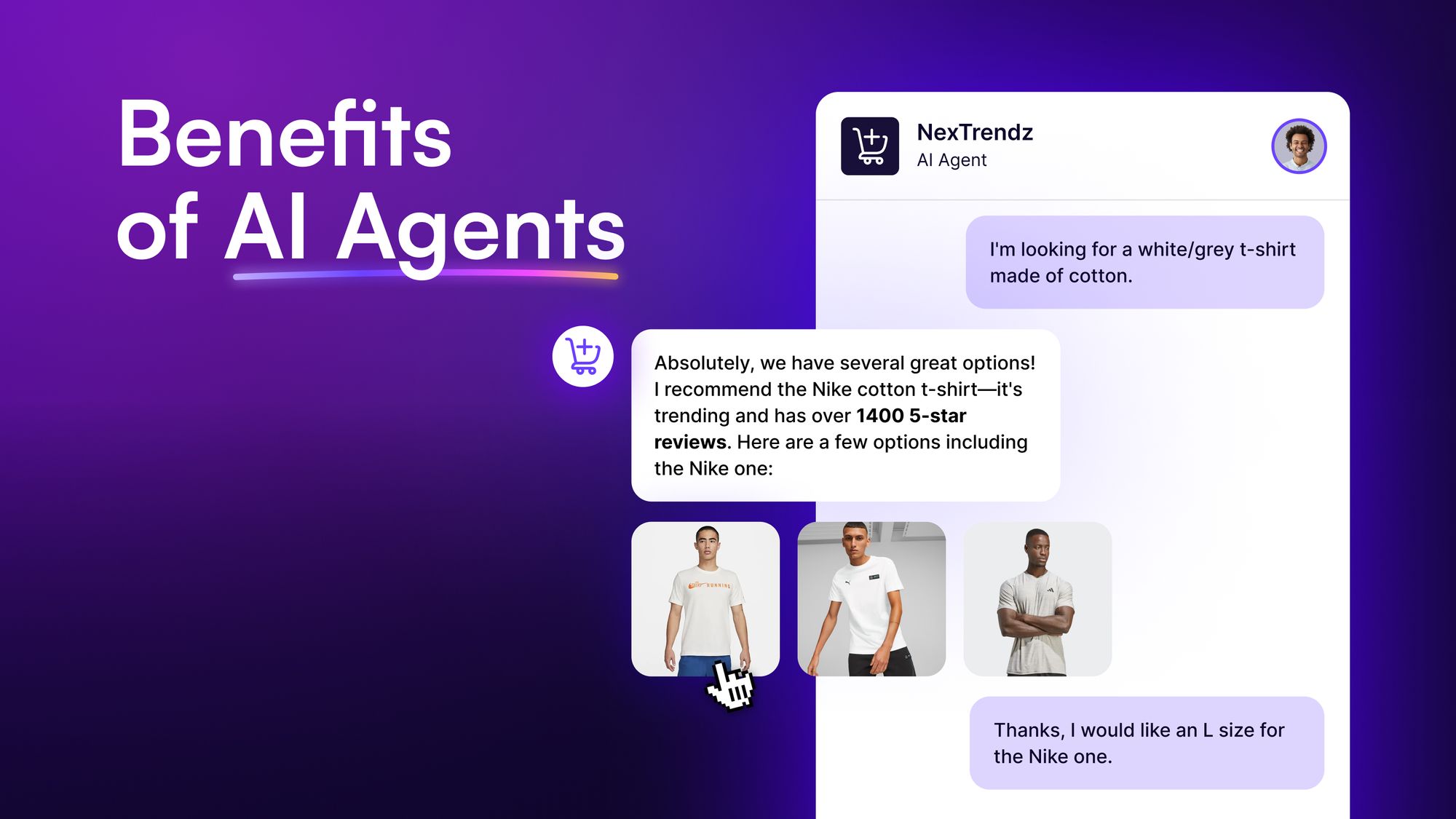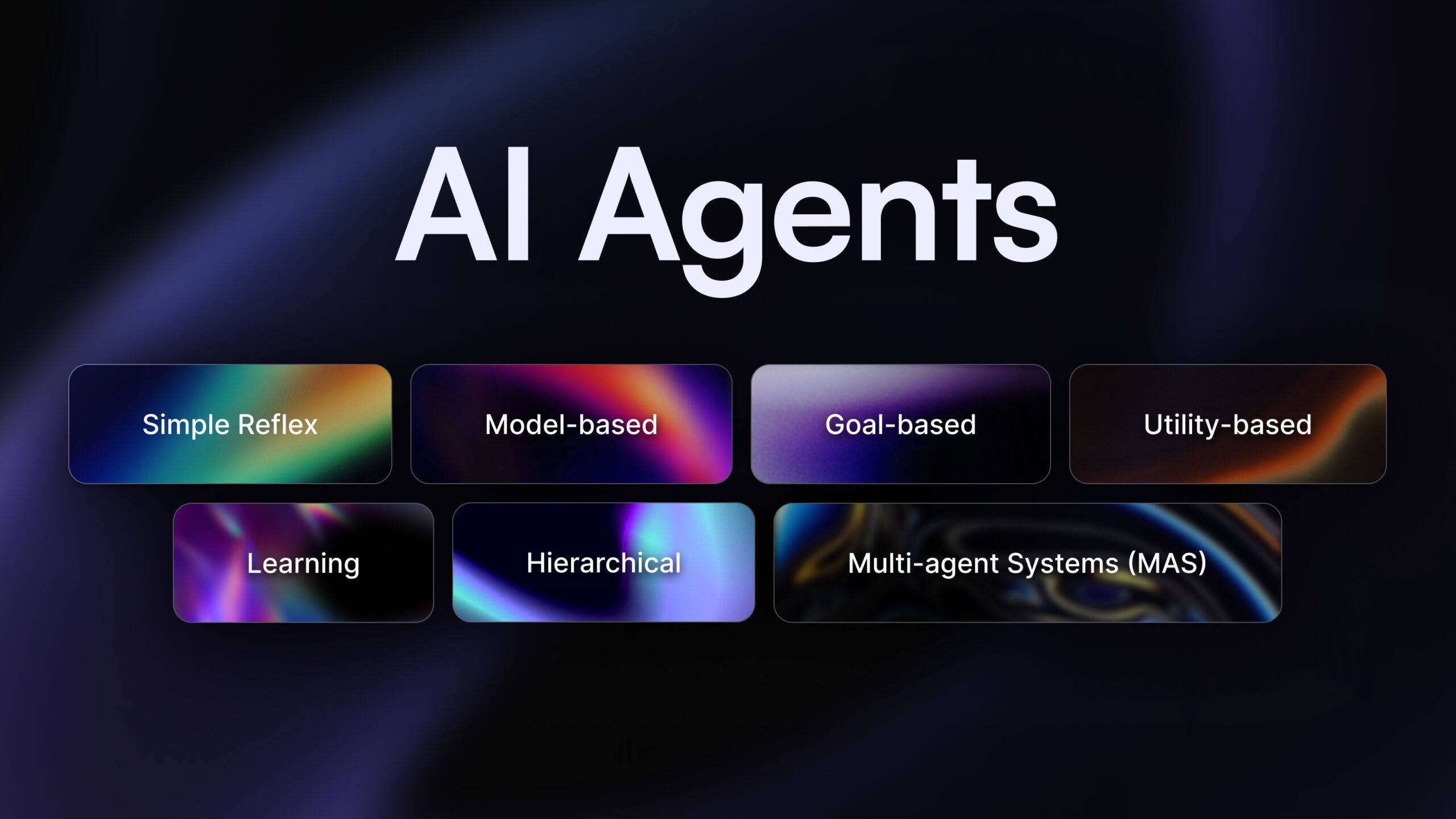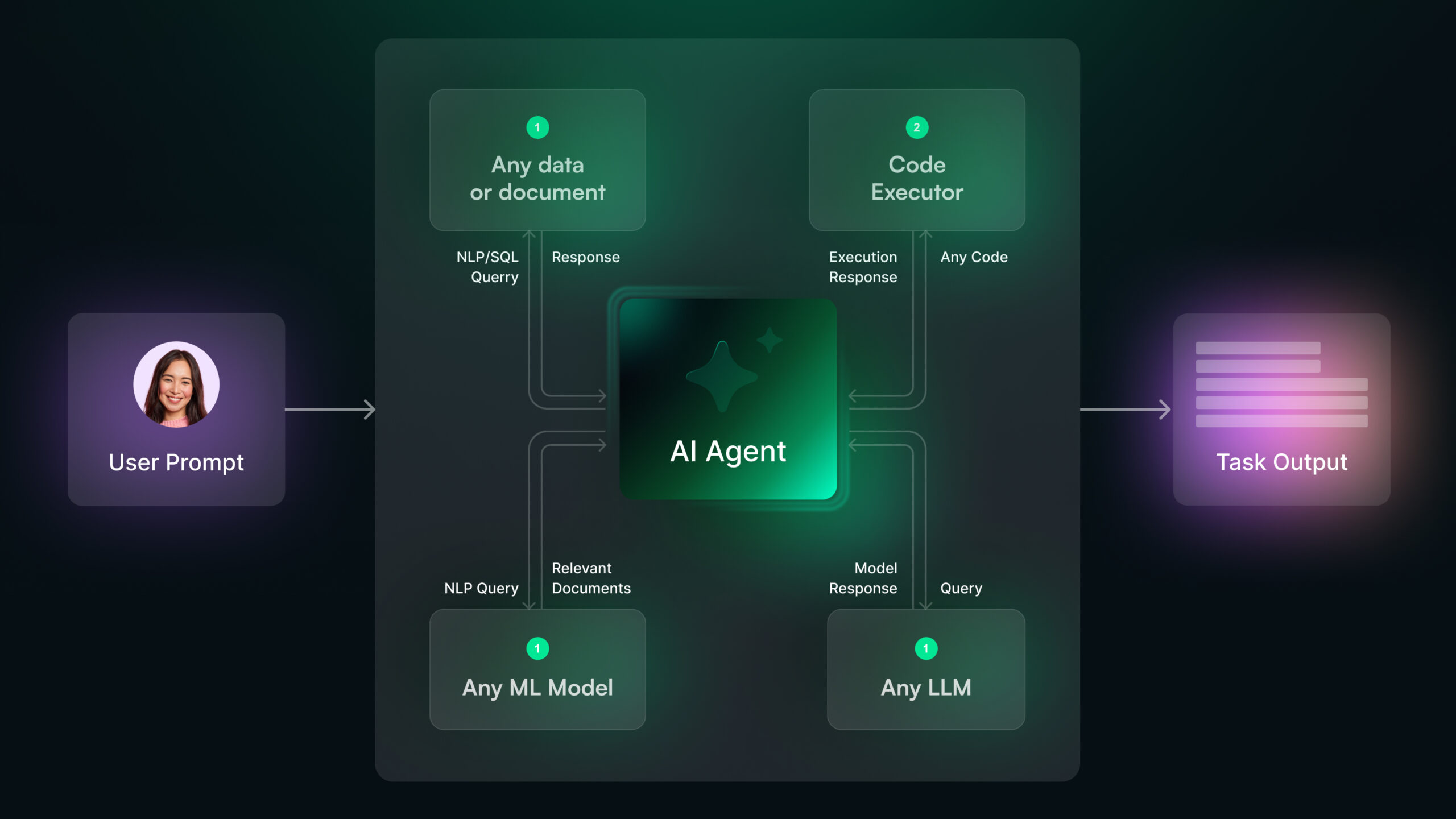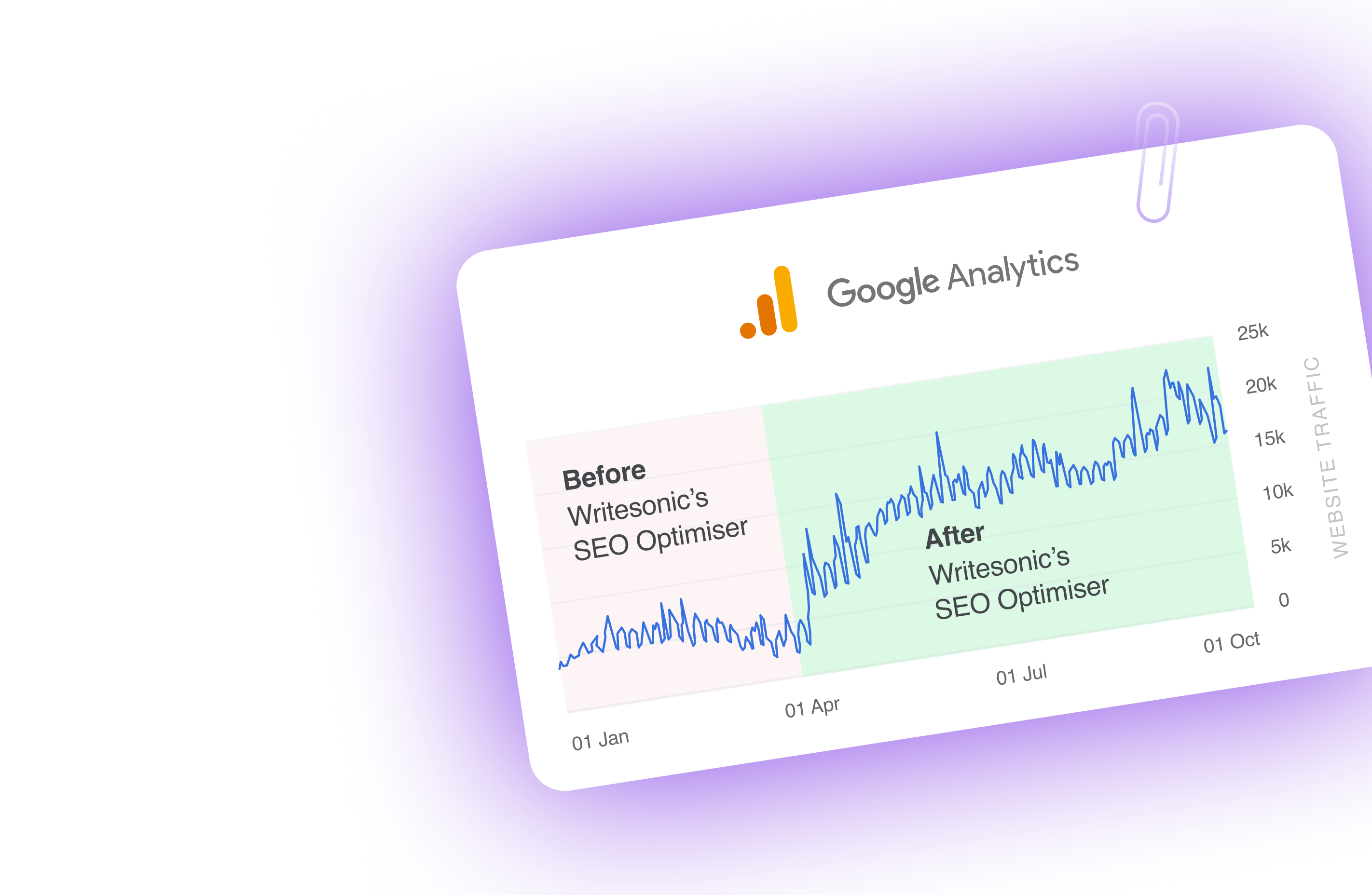AI agents for trend analysis
Keeping up with content and SEO trends is like chasing a moving target. One minute, a topic is fresh and untapped; the next, it’s oversaturated, and you’re playing catch-up. The challenge isn’t just identifying trends—it’s predicting them before they peak.
Relying on manual research, outdated keyword reports, or gut feelings won’t cut it anymore. The sheer volume of search data, social media chatter, and algorithm updates is too overwhelming for a person (or even a whole team) to track efficiently.
Instead of reacting to trends after they’ve taken off, AI agents are taking over by spotting patterns that humans might overlook.
In this guide, we’ll explore how AI agents transform trend analysis, making it faster, more accurate, and scalable.
Benefits of using AI agents for trend analysis
1. Identify market trends for content creation
By the time a topic is trending on social media or making headlines, it’s already too late to capitalize on it.
But with AI agents, you can analyze search queries, forums, news sources, and competitor content before a topic gains traction. This helps content teams create content at the right moment—not after everyone else has already jumped on the bandwagon.
For example, let’s say searches for “AI agents” have been steadily increasing over the past month, but major publications haven’t caught on yet. AI picks up on this pattern, allowing you to publish content just as the demand spikes, giving you an SEO advantage before the topic becomes oversaturated.
2. Offer real-time insights of SEO trend shifts
Google doesn’t send out a memo when it tweaks its algorithm. Instead, you’ll find out through fluctuating rankings, SERP feature changes, and search intent evolves—often overnight.
AI agents continuously monitor these shifts, helping you adjust your strategy before your rankings take a hit.
For instance, if AI detects that Google prioritizes short-form video content for certain queries, it can suggest video integrations into your content strategy before competitors catch on.
This means you can stay ahead of the curve instead of scrambling to recover lost traffic.
3. Data-driven keyword and topic selection for content creation
Picking content topics based on intuition is risky. Sure, you might strike gold occasionally, but why gamble when you can use data instead?
AI agents track historical search data, user engagement metrics, and SERP analysis to predict which topics and keywords are set to rise in popularity. This means you’re not just optimizing for what people are searching for today—you’re preparing for what they’ll be searching for in the future.
For example, instead of blindly choosing between “AI marketing tools” and “AI-driven SEO strategies,” an AI agent can tell you which phrase is gaining momentum and has the highest ranking potential based on real-time search behavior.
4. Analyze data simultaneously across multiple platforms and markets
AI agents analyze search behavior across multiple platforms and locations, giving you a full picture of content opportunities. If a topic is gaining traction in Europe but hasn’t picked up in North America yet, you can localize your content early and position yourself as a thought leader before the trend goes global.
Similarly, AI can show which content formats perform best on different platforms—whether blog posts, videos, infographics, or podcasts—so you’re not just chasing trends but choosing the right medium to deliver them.
5. Reduce costs for additional tech and save time
Hiring SEO analysts or outsourcing content strategists to manually track trends, analyze keyword data, and monitor competitors is expensive. Plus, even the best human analysts can’t process data at the scale and speed of AI.
By automating trend analysis, AI agents free up your team to focus on strategy and execution instead of spending hours collecting and interpreting data. This means you can make faster, smarter decisions—without increasing overhead costs.
💡 For more information: Top 7 Benefits of AI Agents With Examples and Use Cases
How to use AI agents for content and SEO trend analysis
AI-powered SEO tools like Chatsonic simplify trend analysis by automating data collection, keyword research, content performance forecasting, and competitor analysis.
Let’s look at five practical ways to use Chatsonic’s SEO AI agent for trend analysis to enhance your content strategy:
1. Content topic discovery and gap analysis
Identifying content gaps is essential for staying ahead in competitive industries. Many content teams focus on trending topics but overlook areas where high search demand exists without sufficient content coverage.
Traditionally, you’d need to spend hours manually analyzing competitor websites and keyword research tools, only to miss subtle but valuable opportunities.
AI SEO agents like Chatsonic eliminate the guesswork by systematically scanning competitor blogs, industry forums, and search trends to uncover content gaps.
Instead of reviewing each competing article manually, Chatsonic analyzes its existing coverage and compares it with emerging topics across search engines and social media discussions.
For example, in the AI marketing niche, many websites may cover the topic “AI-generated blog writing,” but fewer may discuss “AI-driven social media content.” Chatsonic detects this imbalance and highlights it as a content opportunity for you.
Leveraging live web search and Google Trends data ensures that suggested topics align with real-time search demand rather than outdated keyword lists.
Here’s how we asked Chatsonic to find content gaps in AI marketing based on trending search queries and competitor blogs:
As you can see, the AI provides a structured report of missing topics, search volume insights, and suggestions for creating high-ranking content for this trending topic.
For a more tailored approach for your website, you can even ask Chatsonic to identify trending topics based on real-time web search so you can create an optimized content calendar:
As you can see, Chatsonic runs a report on your current Ahrefs keyword performance and conducts real-time research on current trends based on Ahrefs insights.
It also suggests actionable ways to incorporate these topics into your content calendar and explains why those topics are trending.
2. Identifying keyword and SEO trends
Effective keyword research requires more than just high-volume search terms. Understanding user intent, competitive density, and semantic keyword relationships is key to ranking well.
Traditionally, marketers rely on keyword research tools that provide static reports without real-time data, which limits their ability to capitalize on emerging trends.
Chatsonic’s integrations with Ahrefs and Answer the People solve this problem by analyzing live search results, clustering related terms, and identifying long-tail variations that align with user intent.
Instead of manually compiling keyword lists and analyzing search intents and trending terms, users can simply ask Chatsonic, “Suggest keyword clusters for ‘AI in digital marketing’ based on real-time search trends,” and receive an automatically generated set of optimized terms.
By incorporating these insights, content teams can optimize their articles to attract more targeted traffic with data-driven insights.
Additionally, Chatsonic cross-references Google Search Console data to track how existing content performs for different search terms, suggesting refinements based on real-time shifts in ranking factors.
This ensures that keyword strategies remain dynamic and adaptable rather than relying on outdated best practices.
For example, here’s how we identified the most popular topic clusters for Writesonic’s blog through Chatsonic:
With these insights, you can optimize your content strategy based on what’s performing best on your website.
3. Content performance prediction
Predicting content success before investing time and resources into production is a challenge for many content teams. Traditional methods involve analyzing past performance data and manually estimating future engagement, which is prone to errors and often lacks accuracy.
AI agents like Chatsonic, on the other hand, use machine learning models to assess search trends, historical data, and real-time engagement metrics to provide more reliable forecasts.
By integrating with Google Search Console, Chatsonic evaluates how a specific topic cluster has performed over time and compares it with current search behavior.
If an article on “AI for email marketing” had a traffic spike last year but has recently declined, Chatsonic can analyze whether updating the content will improve rankings or if search interest in the topic is fading.
For example, if Chatsonic detects an increase in search volume for “email automation using AI,” it might suggest expanding the original content to include updated topics or repurposing it.
This predictive modeling allows marketers to adjust their editorial calendar proactively, ensuring they invest in topics with high engagement potential.
Here’s how we were able to understand the potential for AI agent-related topics for our blog based on past traffic and current trends identified through Chatsonic:
These insights provide an in-depth analysis of whether refreshing the article or creating a new, related piece will yield better results.
💡Learn more: How to Use AI Agents for Content Gap Analysis and Best Practices to Follow
4. Content localization and global SEO trends
SEO strategies that work in one region don’t always translate effectively to global markets. Search behavior, keyword preferences, and user intent vary across different languages and cultural contexts.
However, traditional SEO tools often fail to provide localized insights, making international SEO expansion a challenge.
Chatsonic’s multilingual capabilities enable businesses to analyze search trends in different countries and tailor their content accordingly. Instead of assuming that US-based search trends apply globally, Chatsonic scans regional search data to identify country-specific keyword preferences.
For example, a US-based tech company looking to expand into Germany might assume that “AI for digital marketing” is a universally relevant phrase.
However, Chatsonic’s analysis could reveal that German audiences are more likely to search for “KI-gesteuertes Online-Marketing” (AI-driven online marketing). This insight allows the company to create content that resonates better with the local audience.
A simple command like “Analyze AI marketing trends in Germany and suggest localized content topics” provides a list of region-specific keywords, search intent variations, and cultural considerations for optimizing content.
Beyond keyword adjustments, Chatsonic also recommends format changes based on local preferences. If video content performs better than blog posts in a particular region, the AI agent suggests shifting content production strategies accordingly.
In fact, Chatsonic can even generate content in 30+ languages to help you target trending topics for different regions:
By integrating AI-driven localization into their strategy, businesses can ensure their content ranks well in multiple markets while maintaining relevance to diverse audiences.
💡 Also read: 10 Ways AI Agents Transform Your Content
Stay ahead and try Chatsonic for trend analysis
You’ve seen how AI agents are reshaping content and SEO strategies. Now it’s time to experience it firsthand.
Chatsonic isn’t just another AI chatbot. It’s your personal trendspotter, content strategist, and SEO expert rolled into one. Here’s what you can do with Chatsonic:
- Uncover hidden content opportunities before your competitors.
- Predict which topics will resonate with your audience.
- Optimize your content for global markets with localized insights.
- Save time and resources on manual trend analysis.
As search engines evolve and user behavior becomes more complex, AI isn’t just a nice addition–it’s becoming a must-have for content and marketing tech stacks.
Whether you’re managing a small blog or leading a large content team, AI agents can give you that competitive advantage.
Don’t let trends pass you by. Get ahead of trending topics before they become mainstream with Chatsonic.


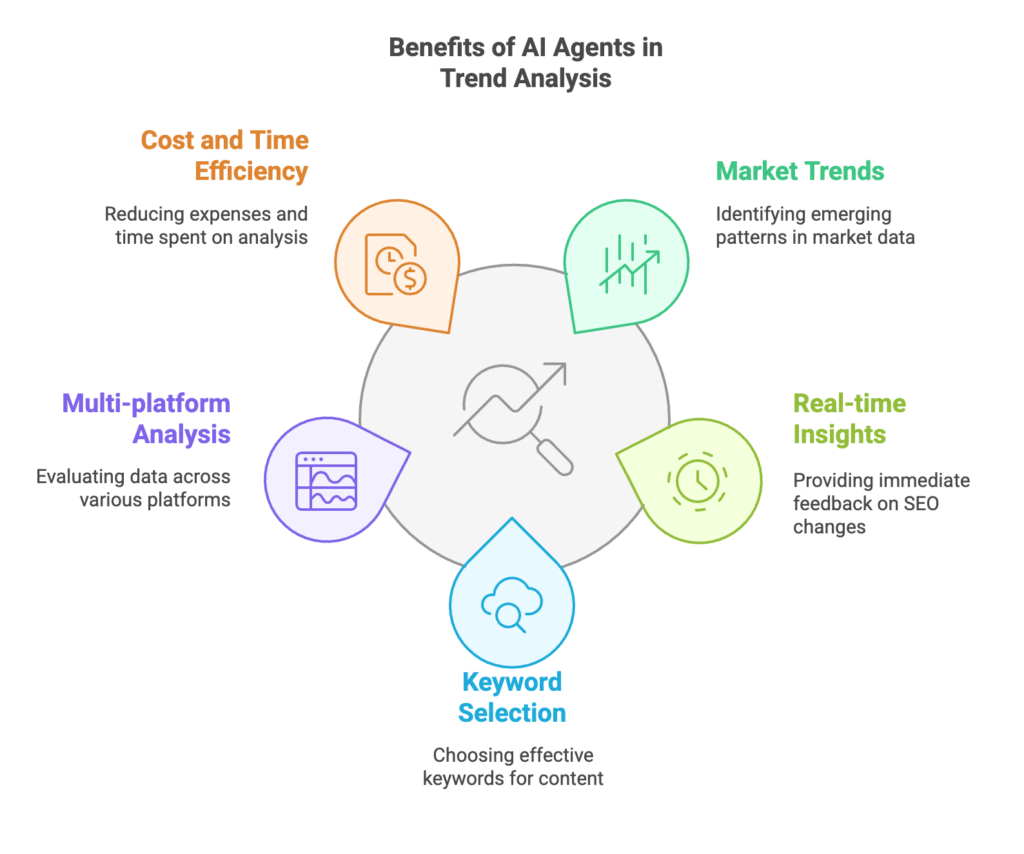
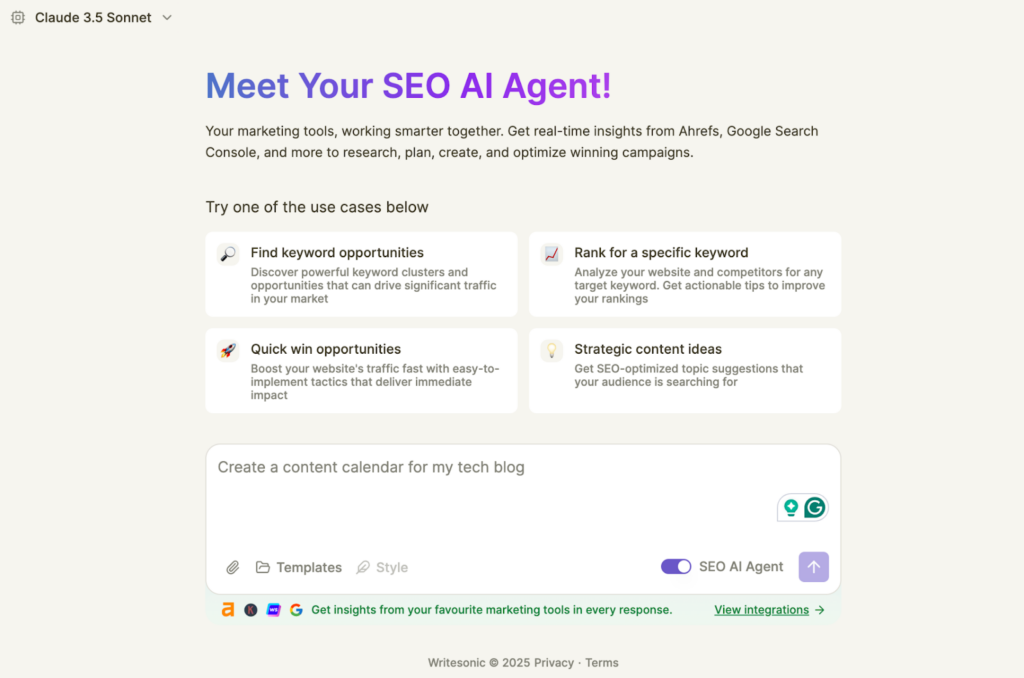
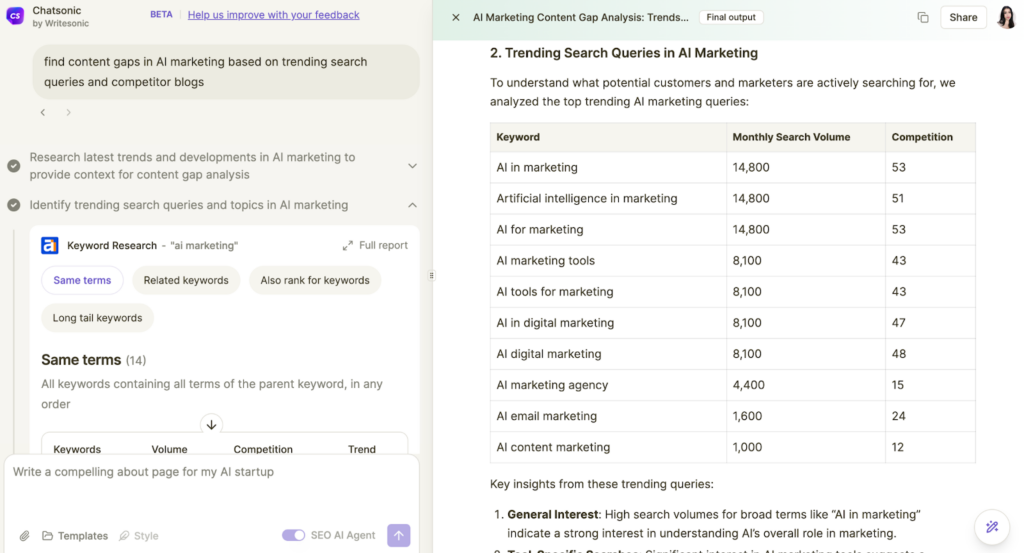
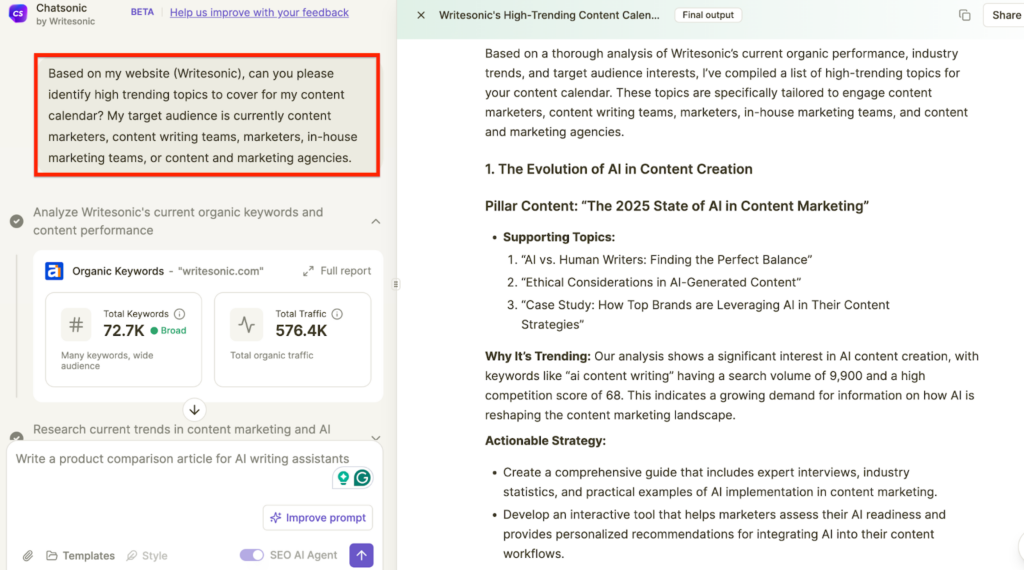
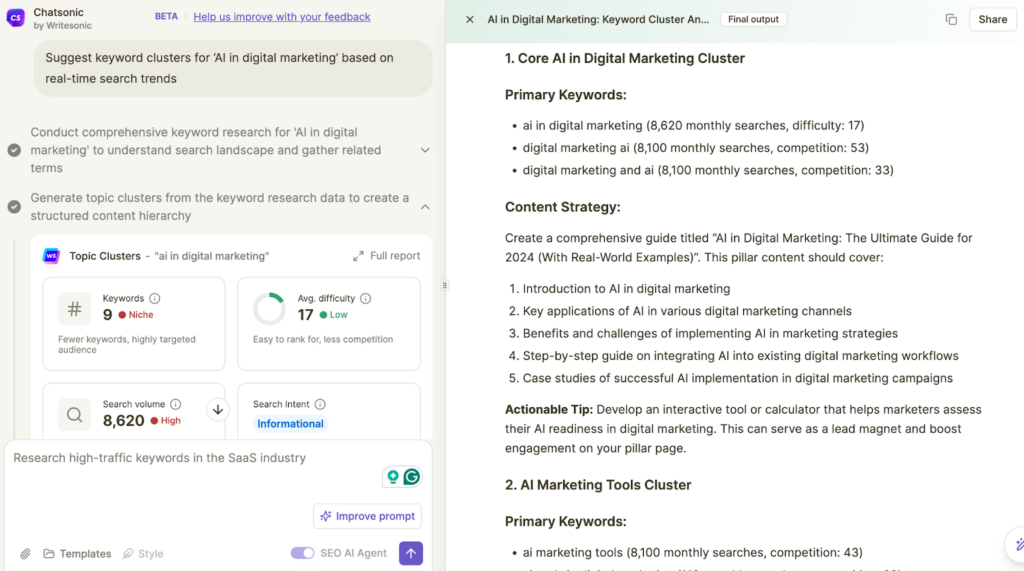
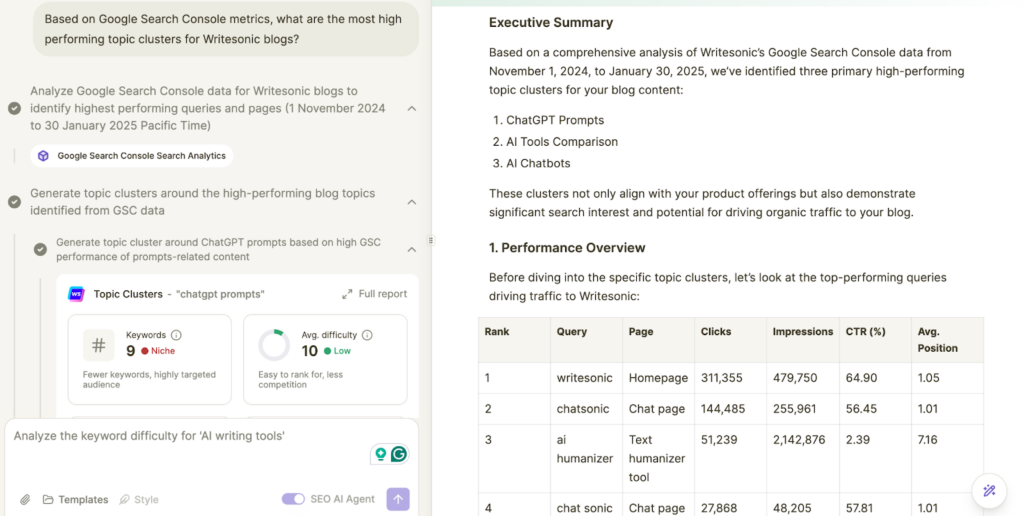
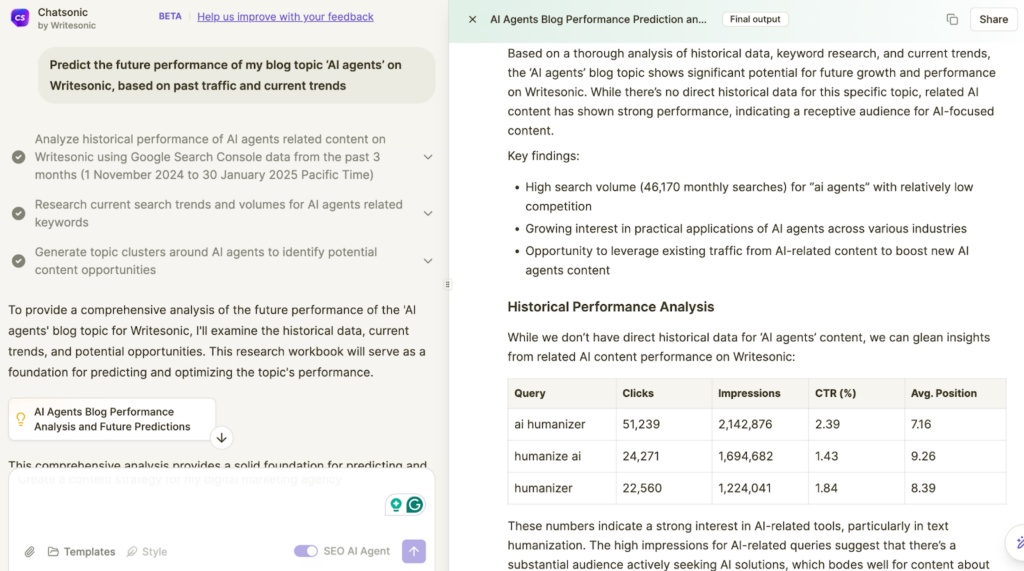
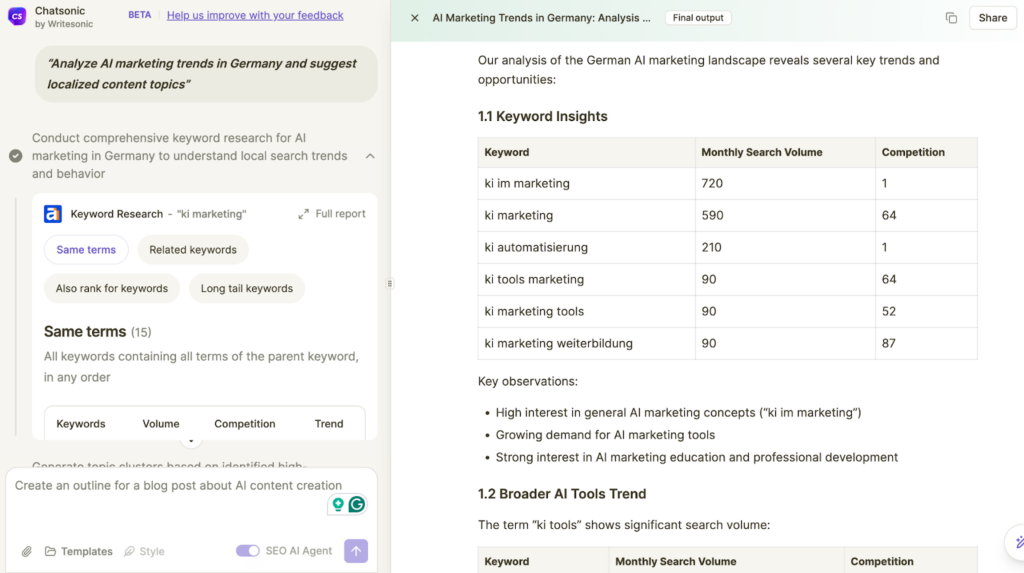
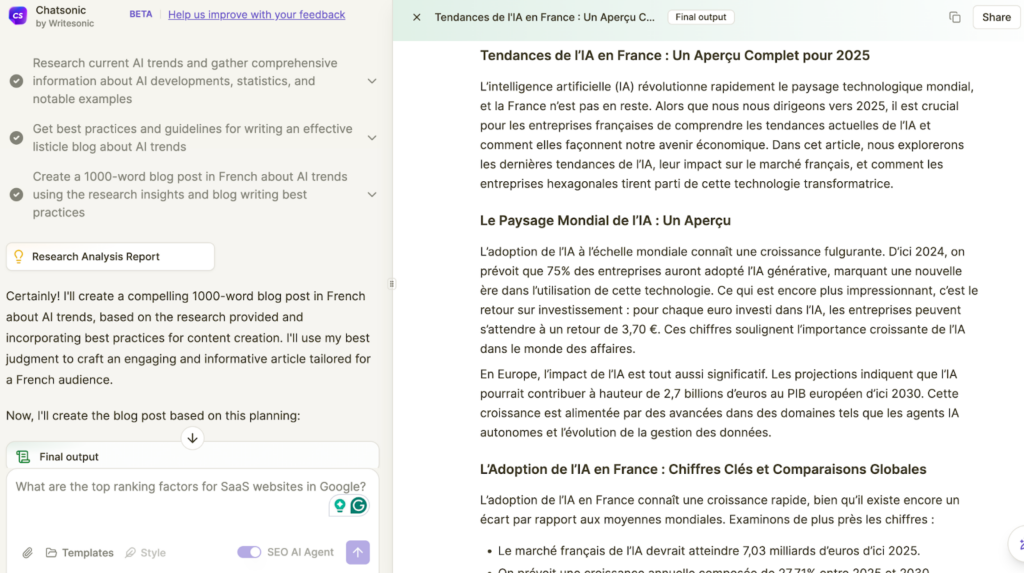

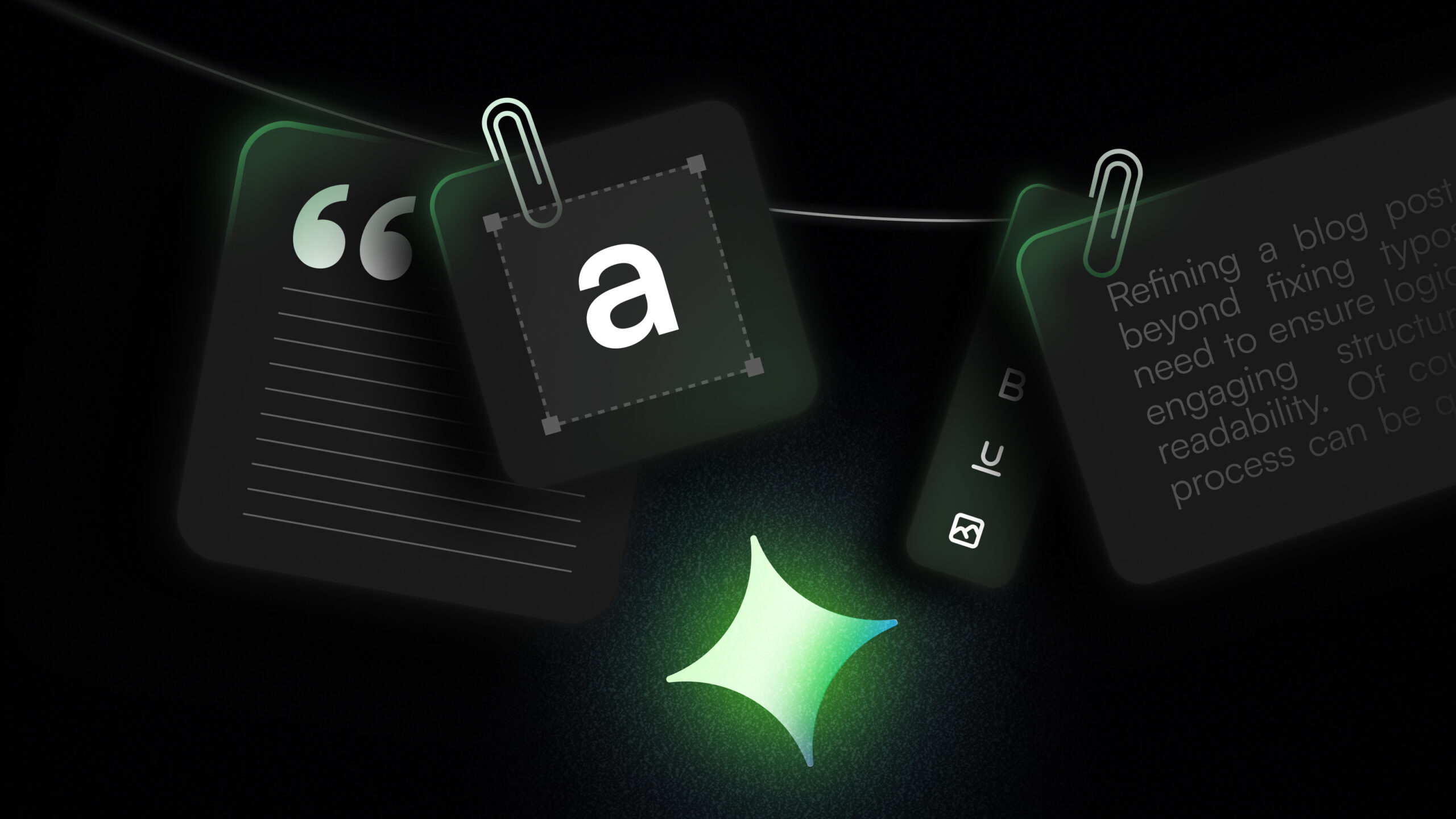

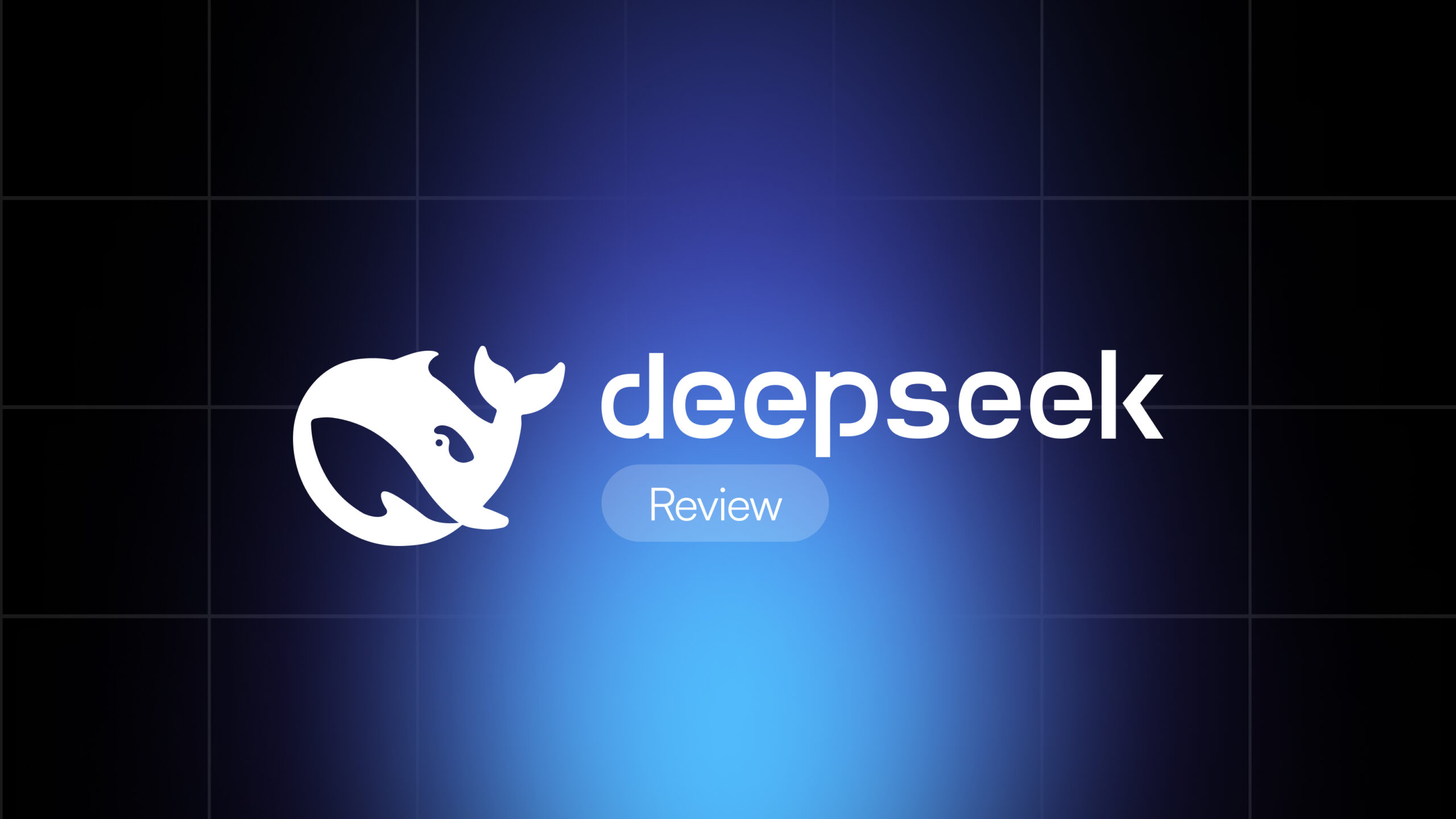


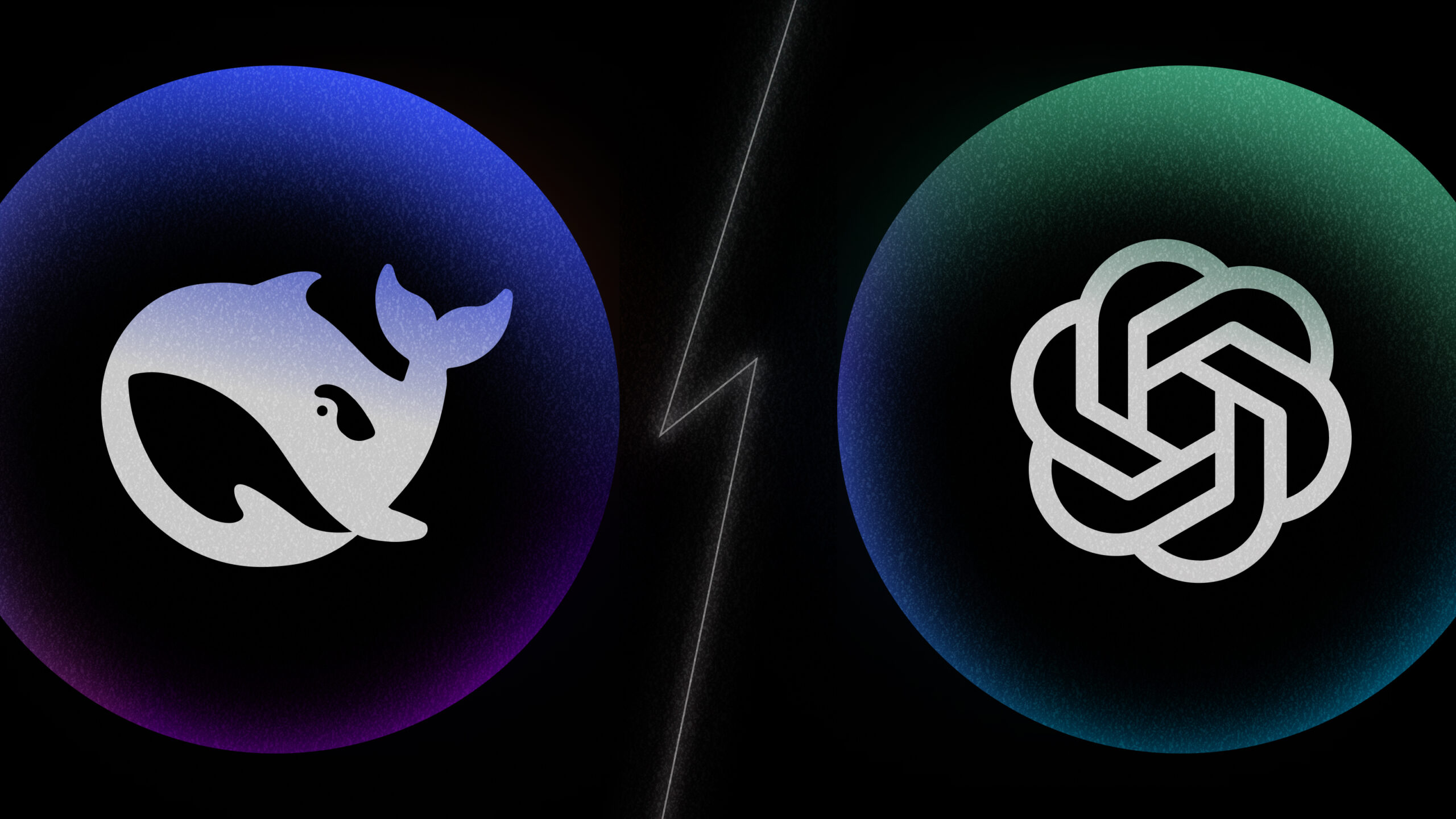

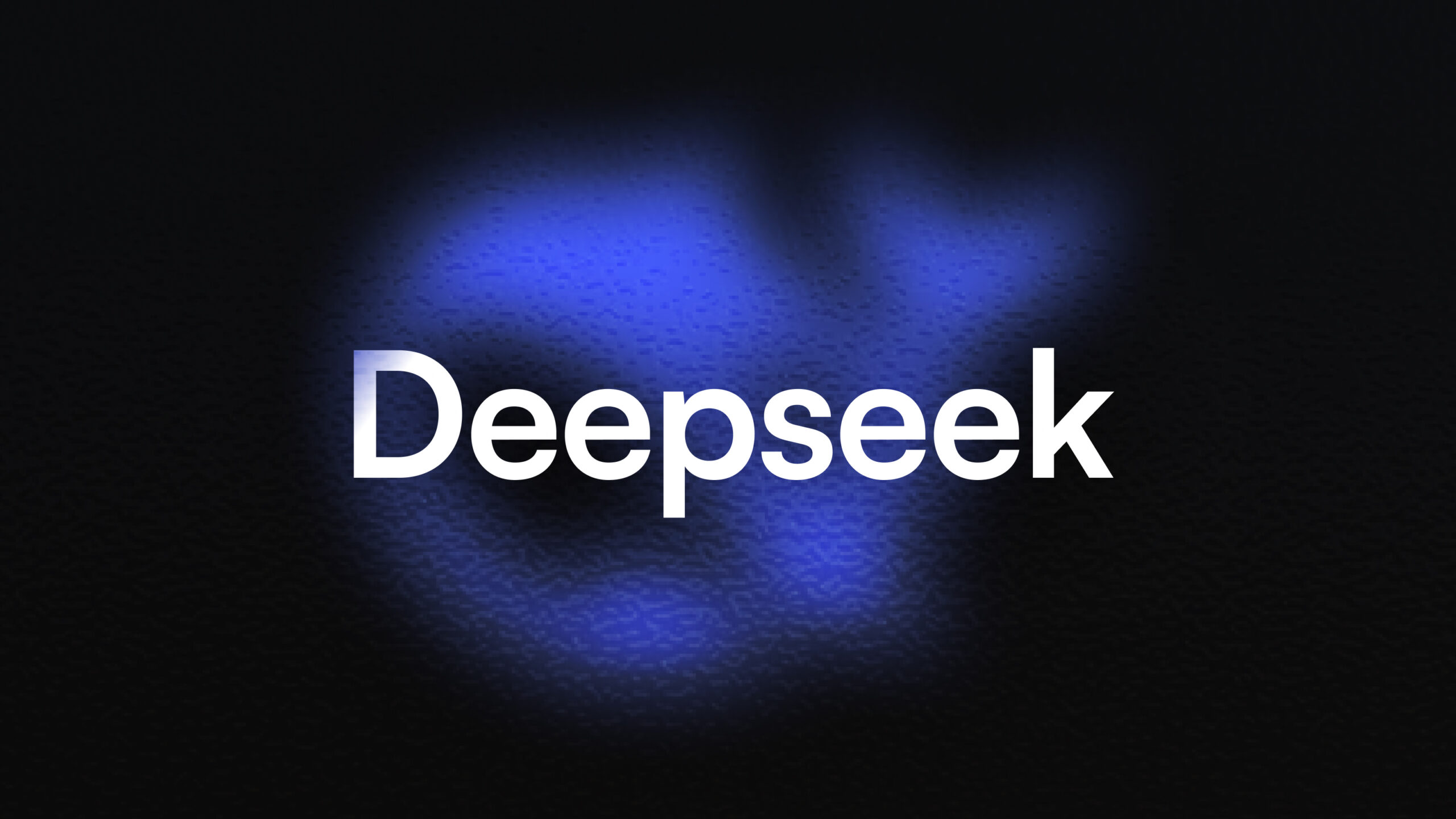
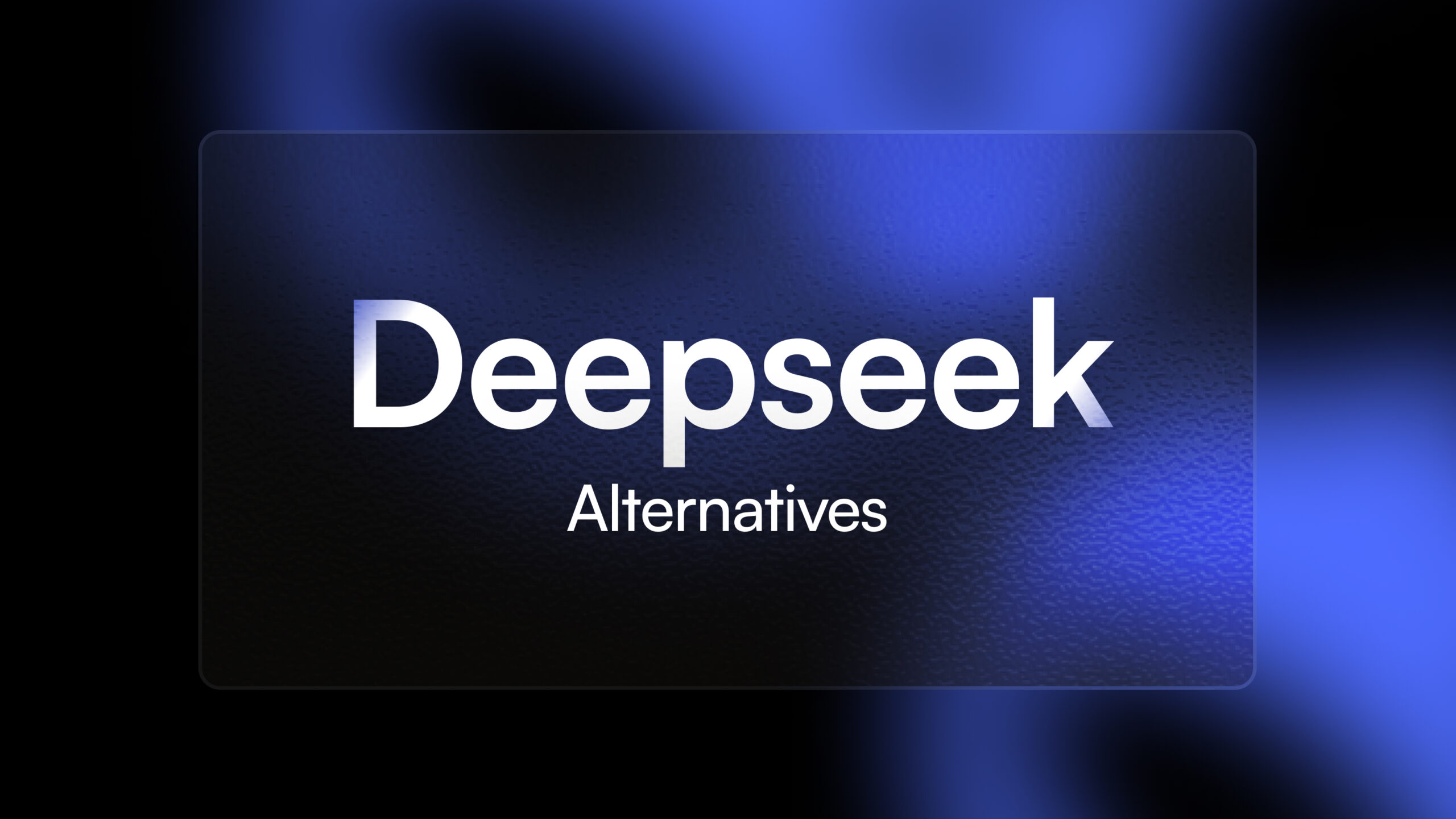


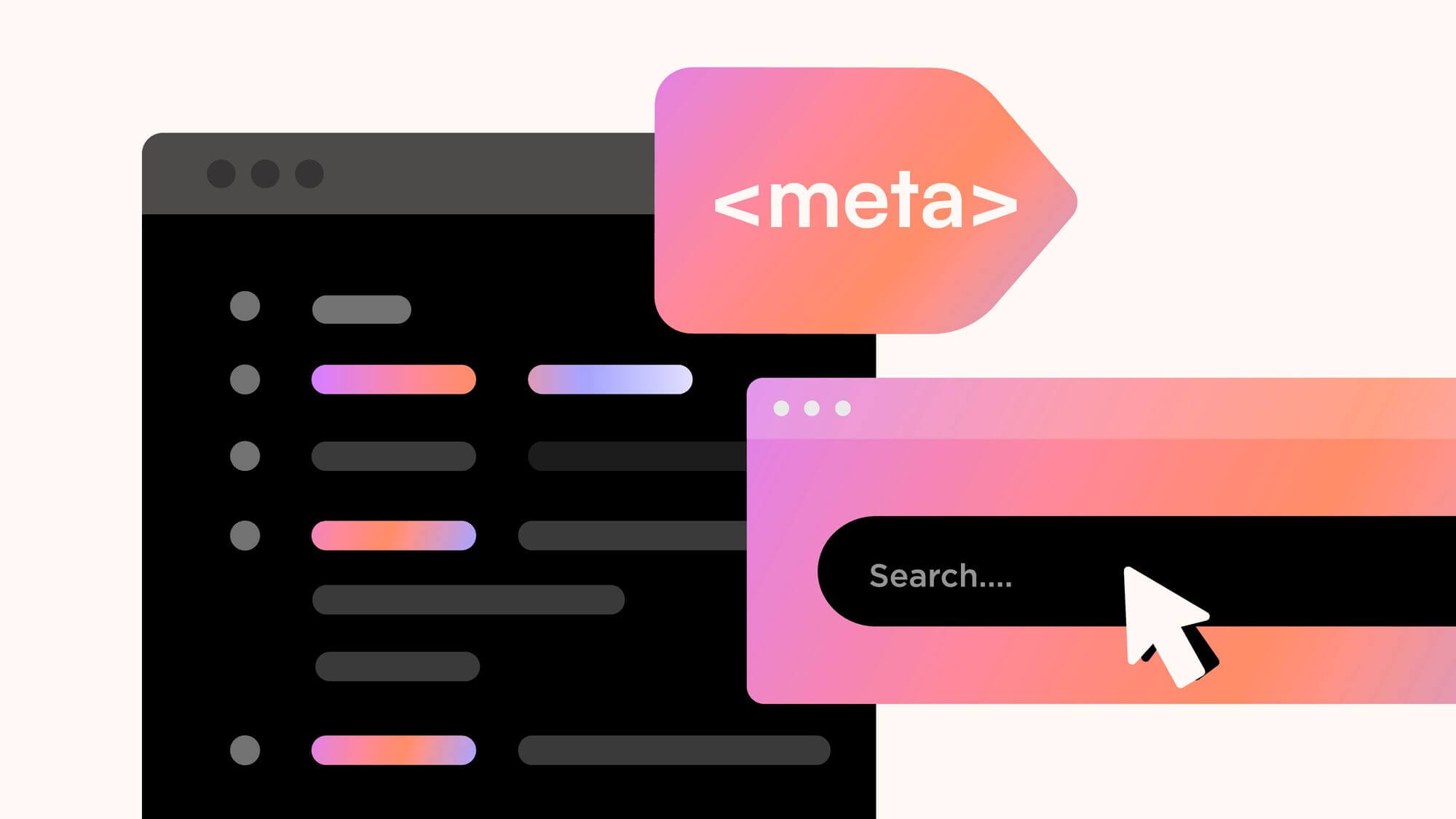

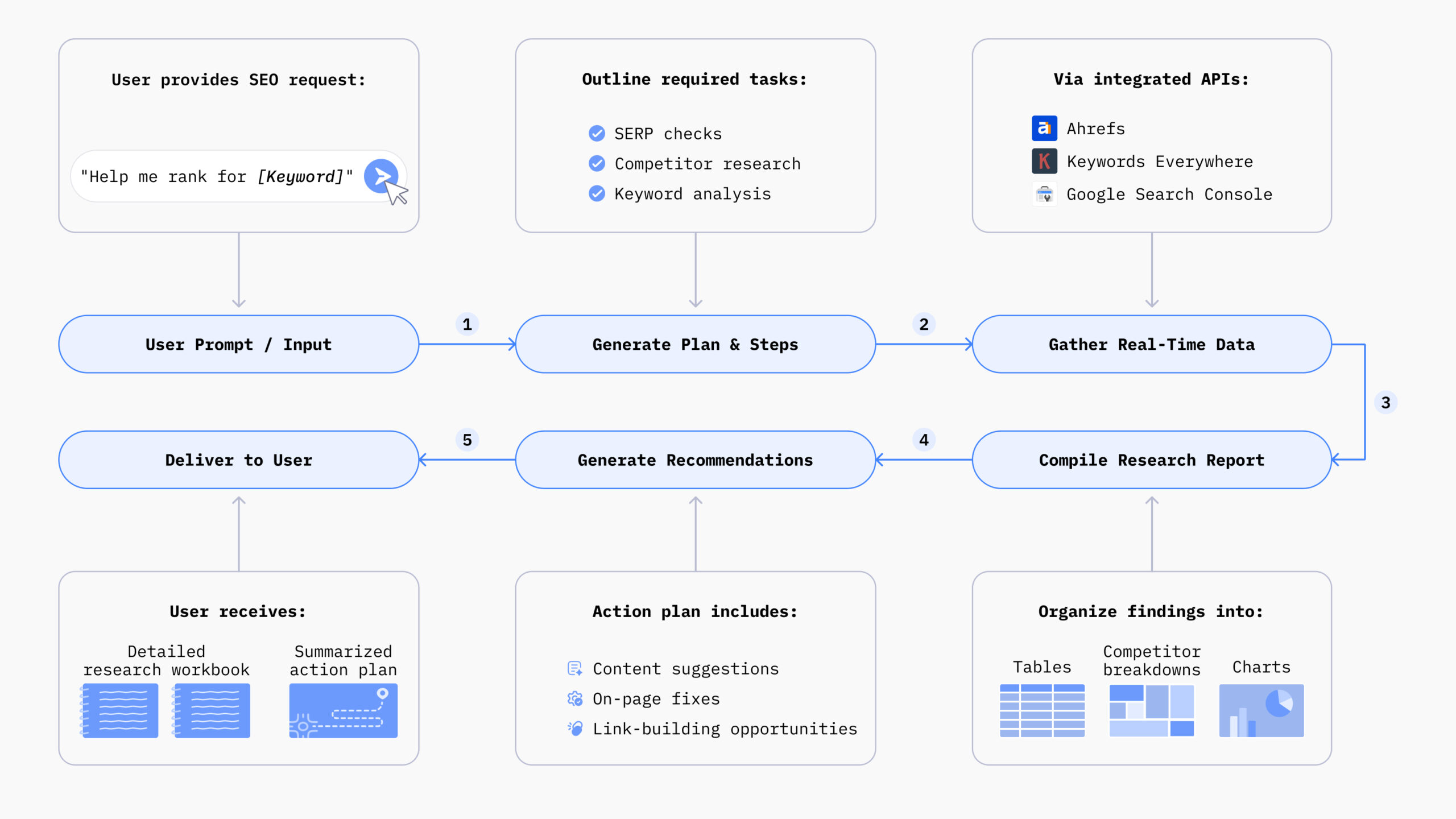






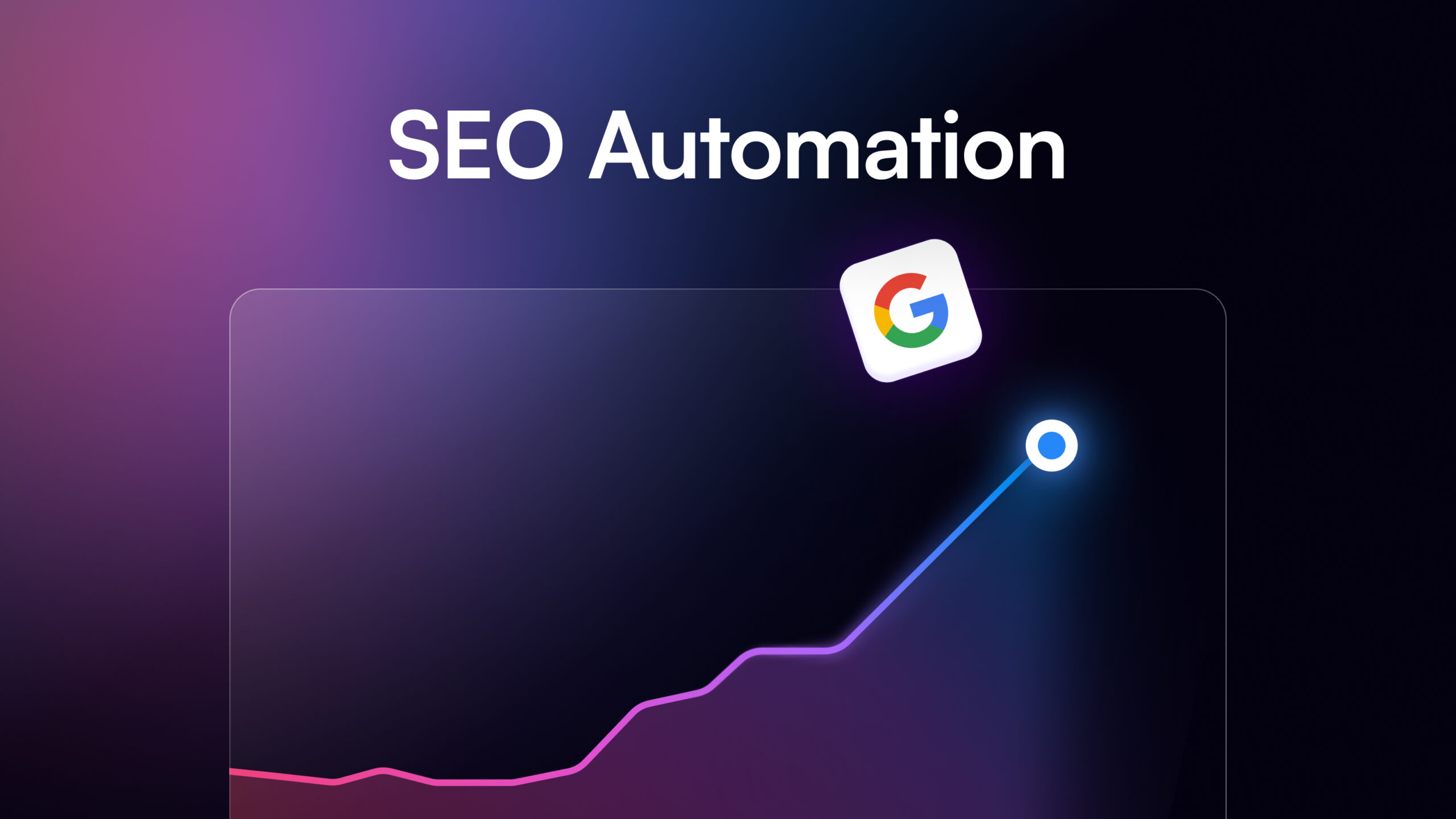



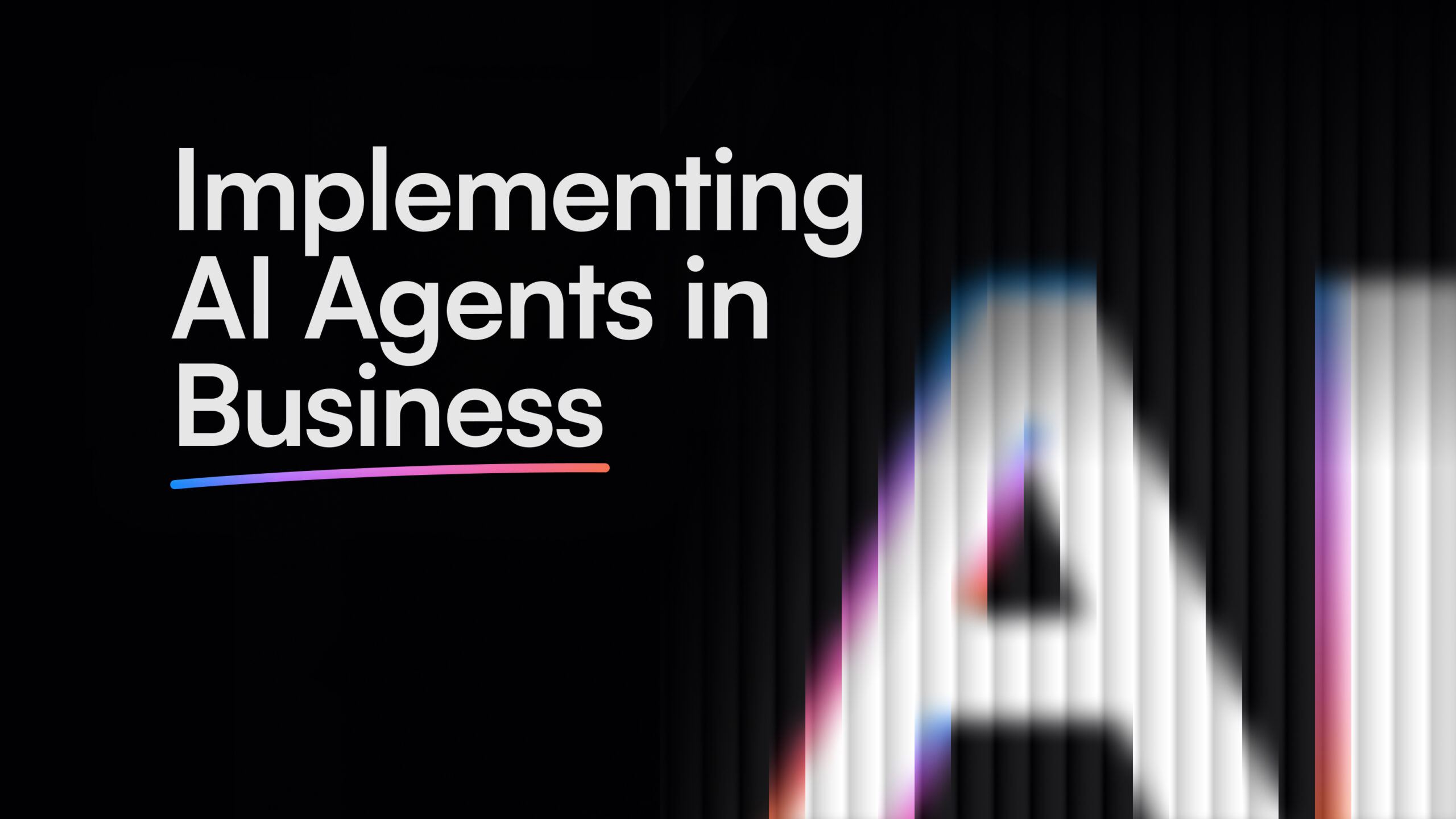

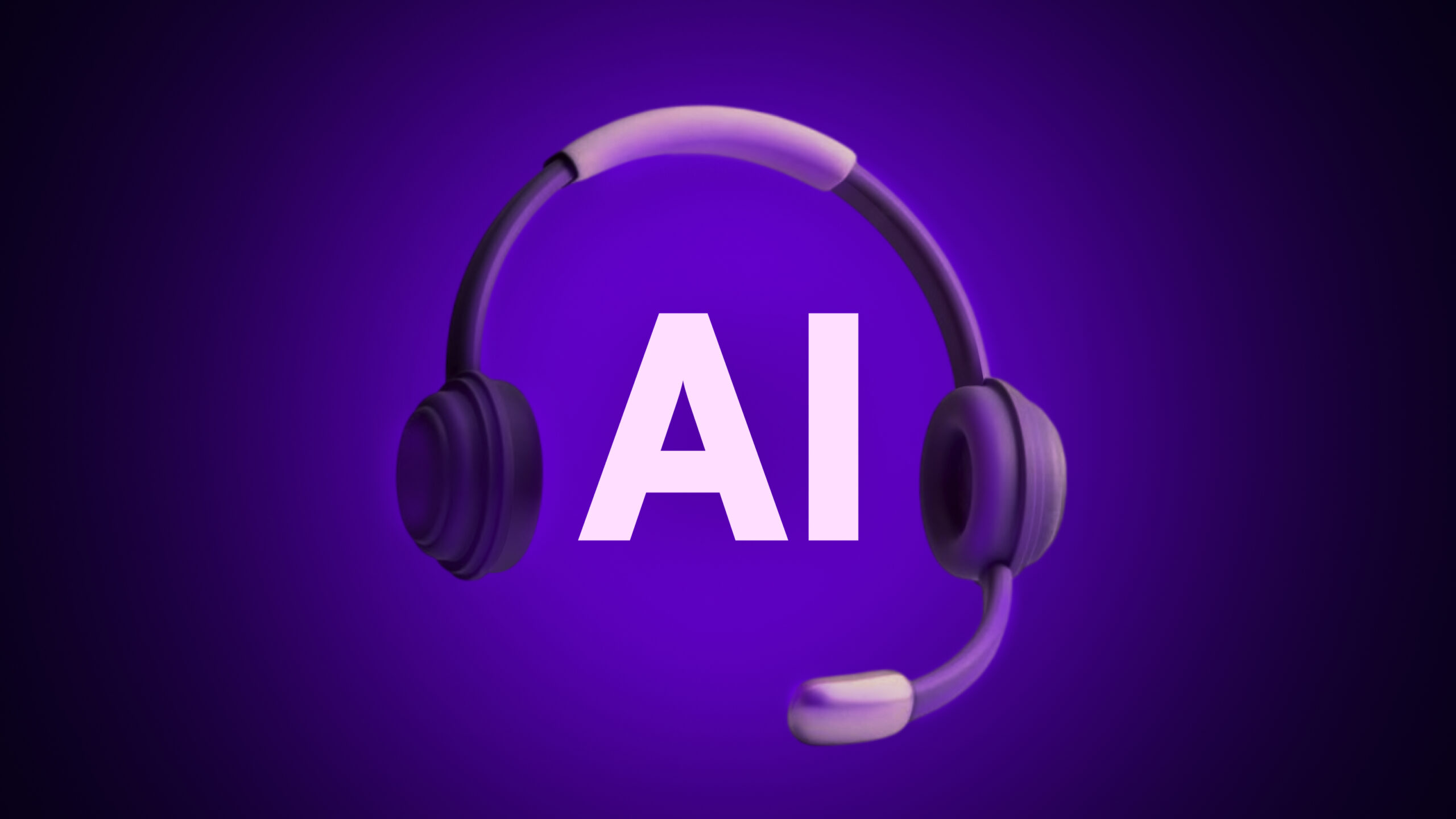
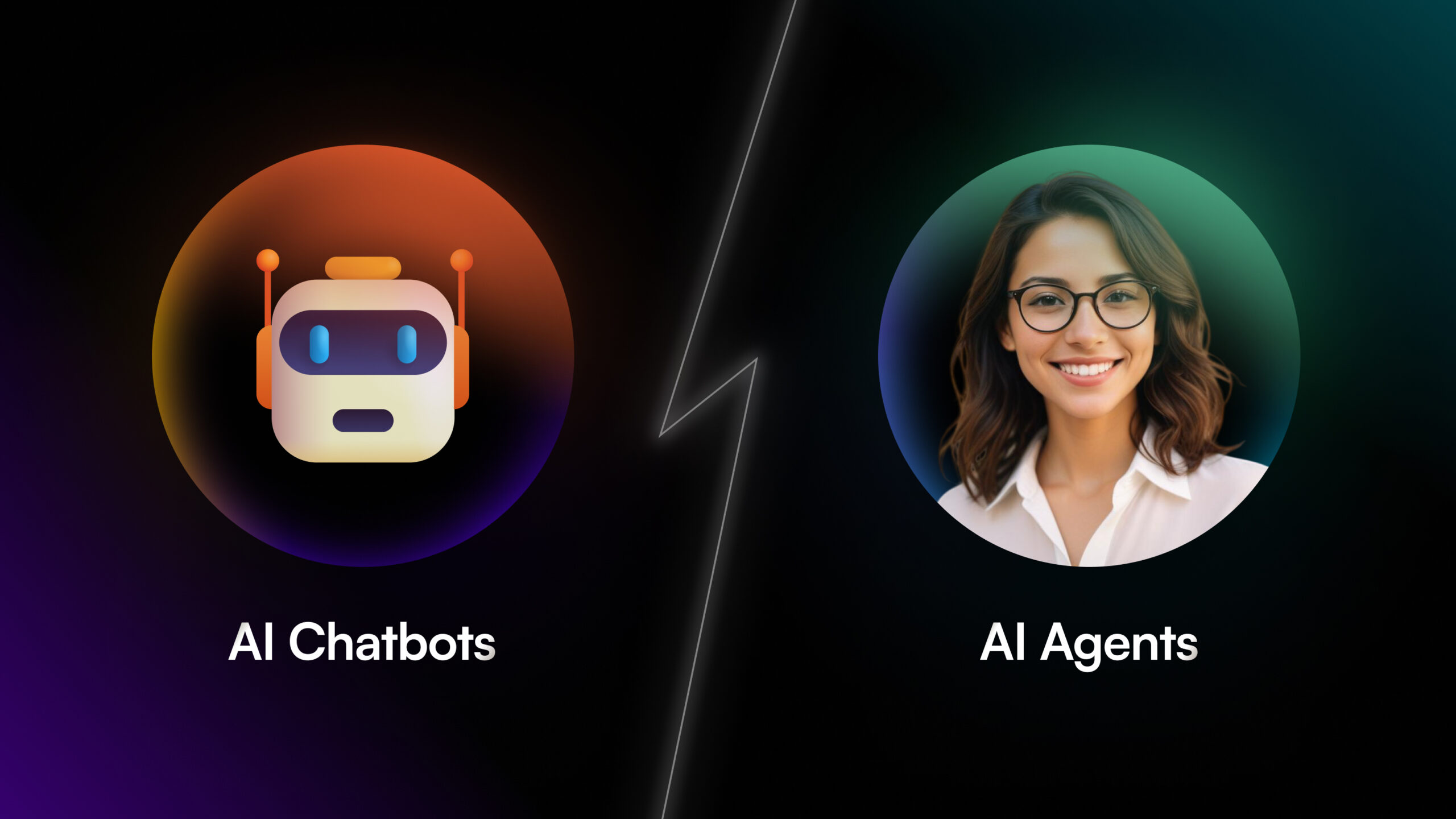
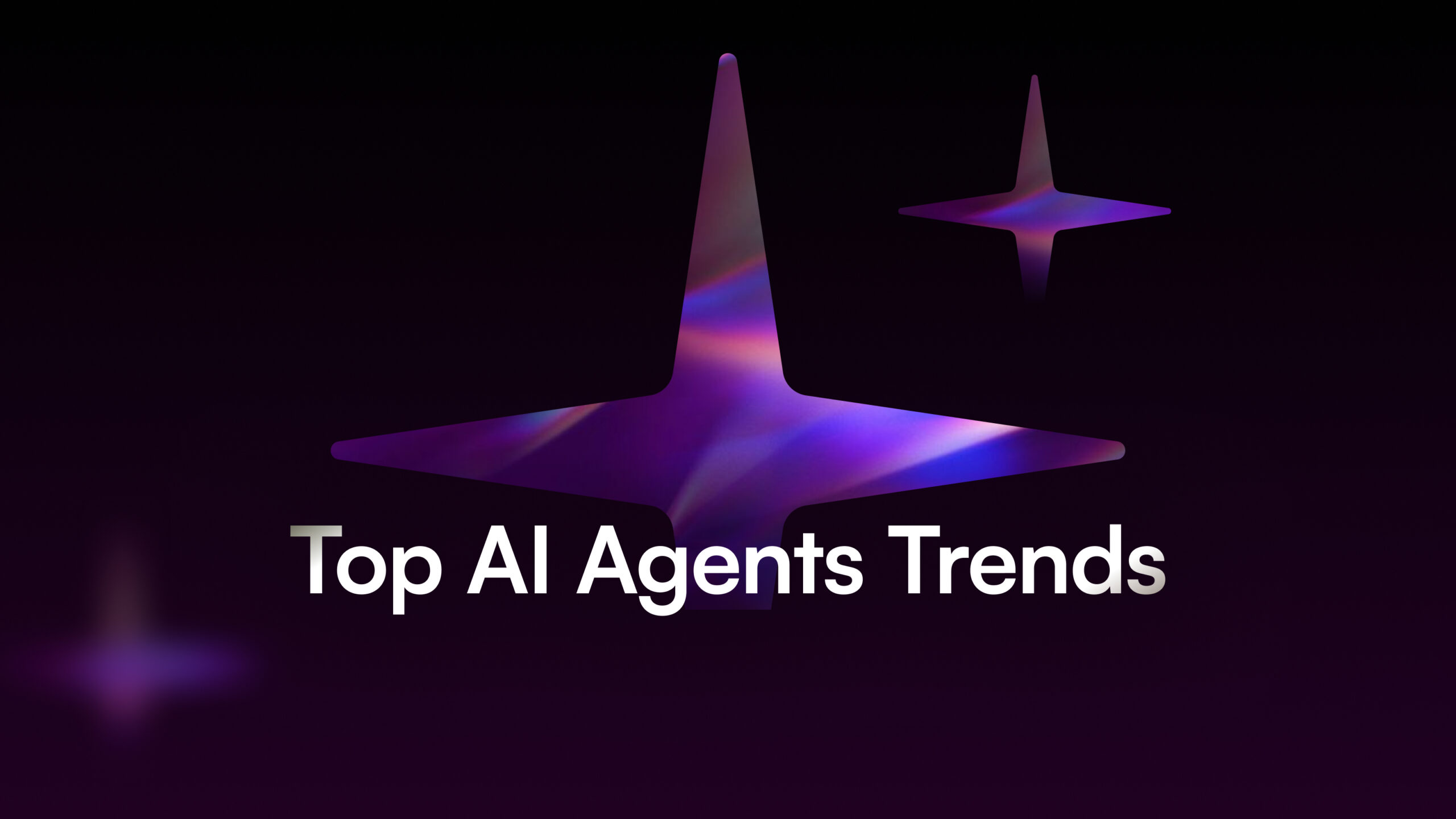

![How to Scale Your Business Using B2B AI Agents [+ Tools to Try]](/wp-content/uploads/B2B-AI-Agents-scaled.jpg)

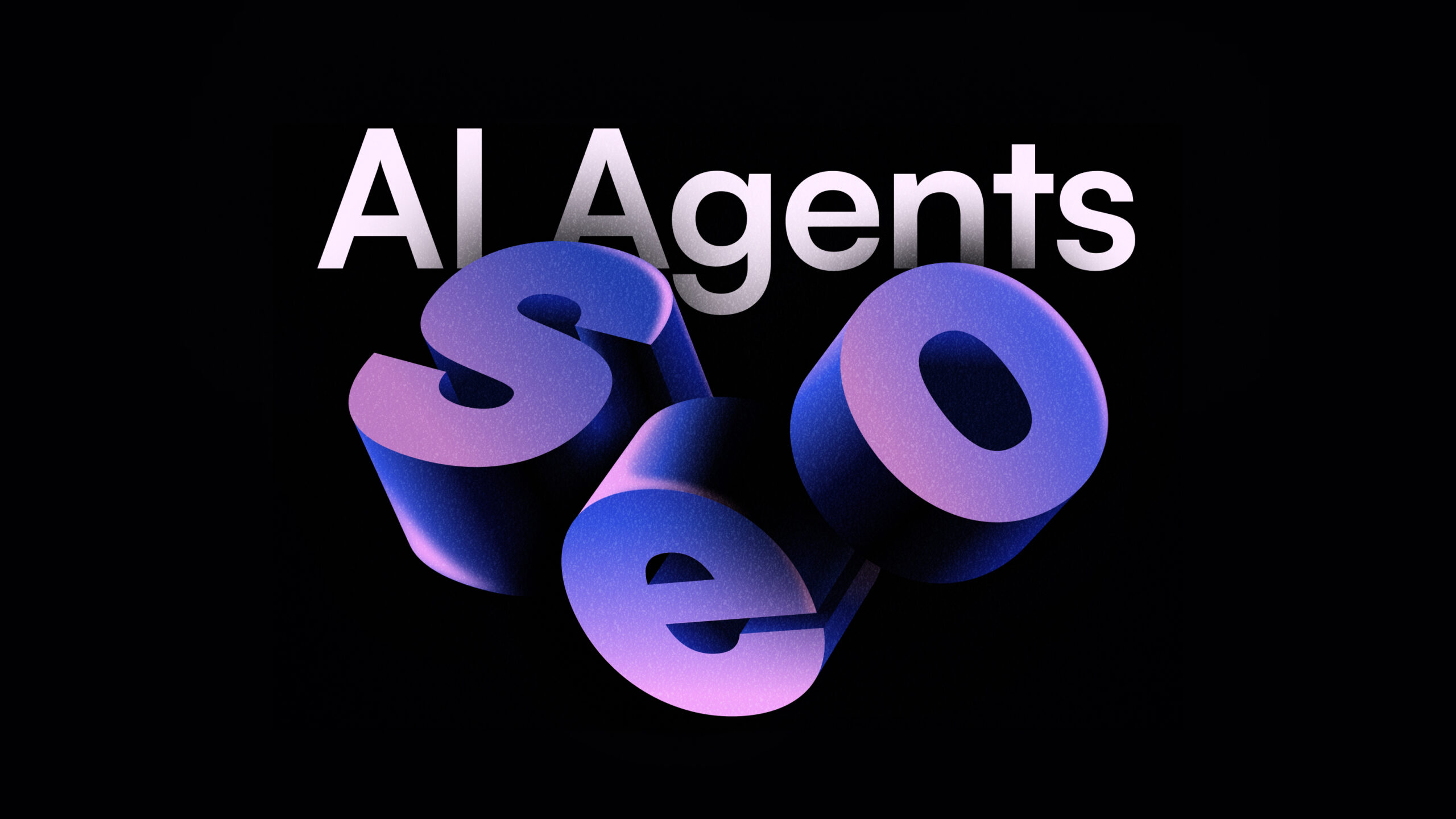
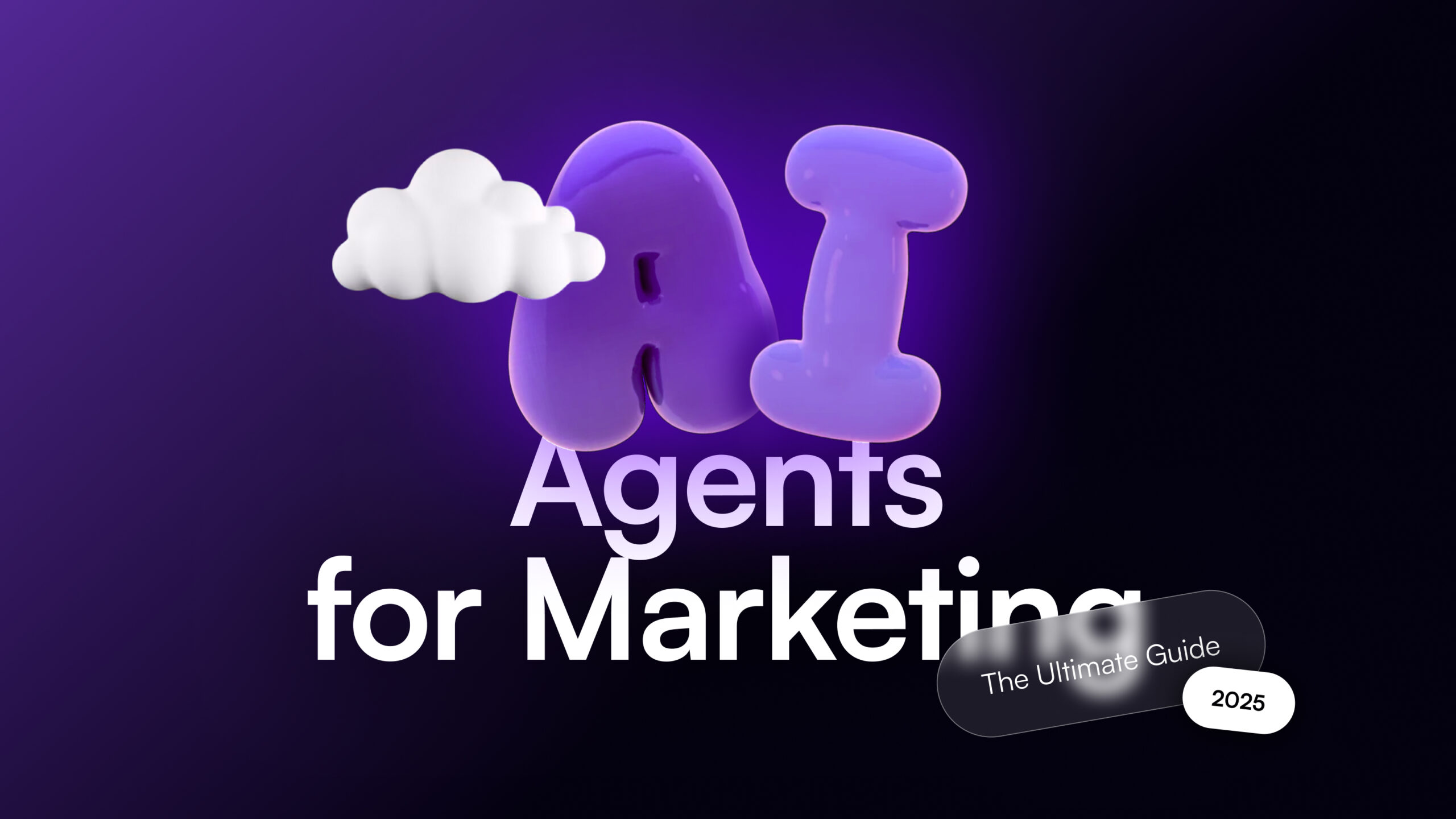
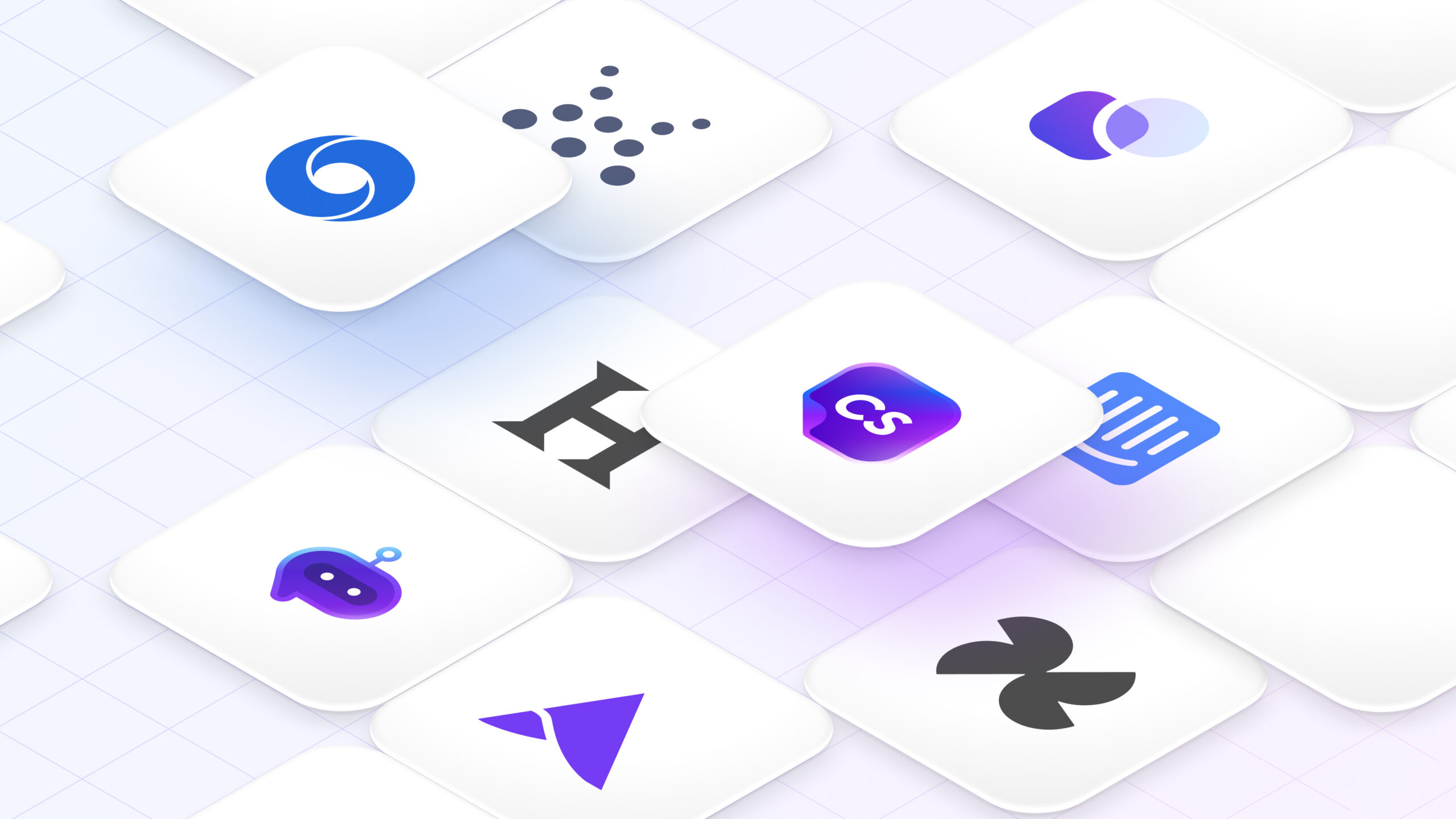
![40 AI Agent Use Cases Across Industries [+Real World Examples]](/wp-content/uploads/AI-Agent-Use-Cases-1-scaled.jpg)
